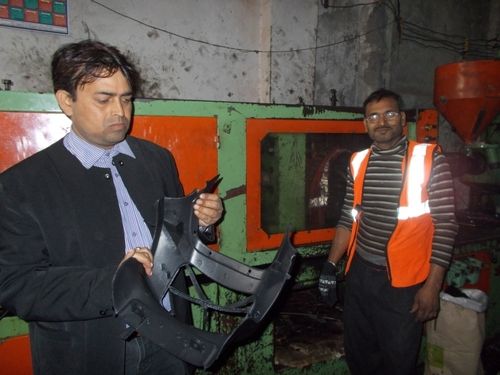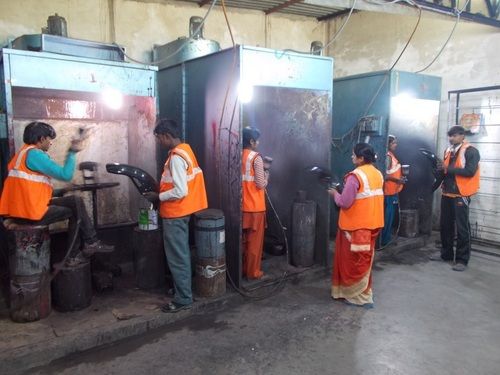 08045478592
08045478592
Injection Moulding Jobwork
Product Details:
X
Injection Moulding Jobwork Price And Quantity
- 250 Piece
Injection Moulding Jobwork Trade Information
- 5000 Piece Per Month
- 15-30 Days
- All India
Product Description
Inspection of injection molding is a critical step in the manufacturing process to ensure that the final product meets the desired specifications and quality standards. Injection molding is a popular manufacturing process for producing large quantities of plastic parts with high precision and consistency.
The inspection process for injection molding typically involves the following steps:
- Visual inspection: The first step is to visually inspect the molded parts for any defects, such as warpage, sink marks, flash, or any other cosmetic defects.
- Dimensional inspection: The next step is to check the dimensions of the molded parts using various measuring instruments such as calipers, micrometers, and gauges. The measurements are compared with the design specifications to ensure that the parts are within the acceptable tolerances.
- Material inspection: The third step is to inspect the material used for injection molding. The material should be checked for any contaminants, such as moisture, dirt, or foreign particles.
- Injection molding machine inspection: The injection molding machine should be inspected regularly to ensure that it is functioning correctly and is calibrated properly. The machine settings should be checked and adjusted as needed to achieve the desired product specifications.
- Testing and validation: The final step is to test the molded parts to ensure that they meet the desired quality standards. This may involve performing various tests, such as tensile testing, impact testing, or other specialized tests, depending on the specific requirements of the product.
In conclusion, inspection of injection molding is a critical step in ensuring the quality and consistency of the final product. By following the above steps, manufacturers can ensure that their injection molding process produces high-quality parts that meet the desired specifications and quality standards.
Tell us about your requirement

Price:
Quantity
Select Unit
- 50
- 100
- 200
- 250
- 500
- 1000+
Additional detail
Mobile number
Email
Other Products in 'Production Line' category
"We Accept only bulk order quantity."
 |
POONAM INDUSTRIES
All Rights Reserved.(Terms of Use) Developed and Managed by Infocom Network Private Limited. |








 Send Inquiry
Send Inquiry Send SMS
Send SMS
